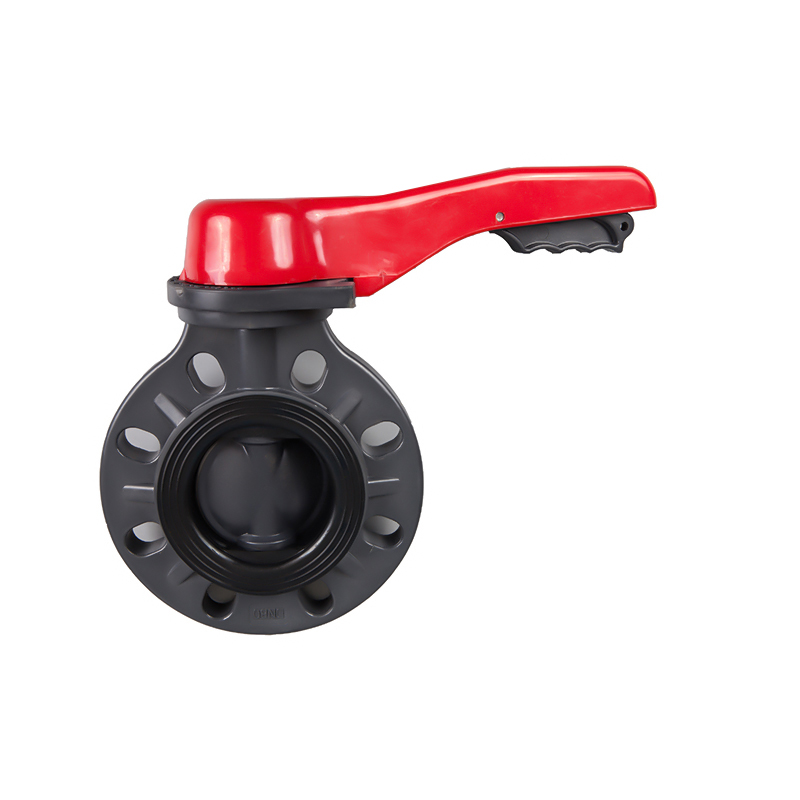Summary:Butterfly valve still has the following problems during use
1. Since the multi-layer soft and hard laminated sealing rin...
Butterfly
valve still has the following problems during use
1. Since the multi-layer soft and hard laminated sealing ring is fixed on the valve plate when the valve plate is normally open, the medium forms a positive scouring on its sealing surface, and the soft sealing belt in the metal sheet interlayer is scoured, which directly affects the sealing performance.
2. Restricted by structural conditions, the structure is not suitable for valves with a diameter below DN200, because the overall structure of the valve plate is too thick and the flow resistance is large.
3. Due to the principle of the triple eccentric structure, the sealing between the sealing surface of the valve plate and the valve seat relies on the torque of the transmission device to press the valve plate to the valve seat. In the positive flow state, the higher the medium pressure, the tighter the seal squeezes. When the medium in the flow channel flows back, the seal begins to leak when the unit positive pressure between the valve plate and the valve seat is less than the medium pressure as the medium pressure increases.
The high-performance triple eccentric bidirectional hard sealing butterfly valve is characterized in that: the valve seat sealing ring is composed of multi-layer stainless steel sheets on both sides of the soft T-shaped sealing ring. The sealing surface of the valve plate and the valve seat is an inclined conical structure, and the temperature and corrosion-resistant alloy material is surfacing on the inclined conical surface of the valve plate; the spring fixed between the adjusting ring pressure plates and the adjusting bolts on the pressure plate are assembled together.

This structure effectively compensates the tolerance zone between the shaft sleeve and the valve body and the elastic deformation of the valve stem under the medium pressure and solves the sealing problem of the valve during the two-way exchange of medium conveying. The sealing ring is composed of multi-layer stainless steel sheets on both sides of the soft T-shaped, which has the dual advantages of metal hard sealing and soft sealing and has zero leakage sealing performance under low temperature and high-temperature conditions.
The test proves that when the pool is in a positive flow state (the direction of medium flow is the same as the direction of rotation of the butterfly plate), the pressure on the sealing surface is generated by the torque of the transmission device and the action of the medium pressure on the valve plate. When the positive medium pressure increases, the tighter the oblique conical surface of the valve plate and the sealing surface of the valve seat are, the better the sealing effect will be. In the reverse flow state, the seal between the valve plate and the valve seat is driven by the torque of the driving device to press the valve plate against the valve seat. With the increase of the reverse medium pressure, when the unit positive pressure between the valve plate and the valve seat is less than the medium pressure, the deformation stored by the spring of the adjusting ring after being loaded can compensate the tight pressure between the valve plate and the valve seat sealing surface play an automatic compensation role. Therefore, the utility model does not install the soft and hard multi-layer sealing ring on the valve plate as in the prior art, but is directly installed on the valve body, and adds an adjusting ring between the pressure plate and the valve seat is an ideal two-way hard sealing method. It will replace the gate valve, globe valve, and ball valve

